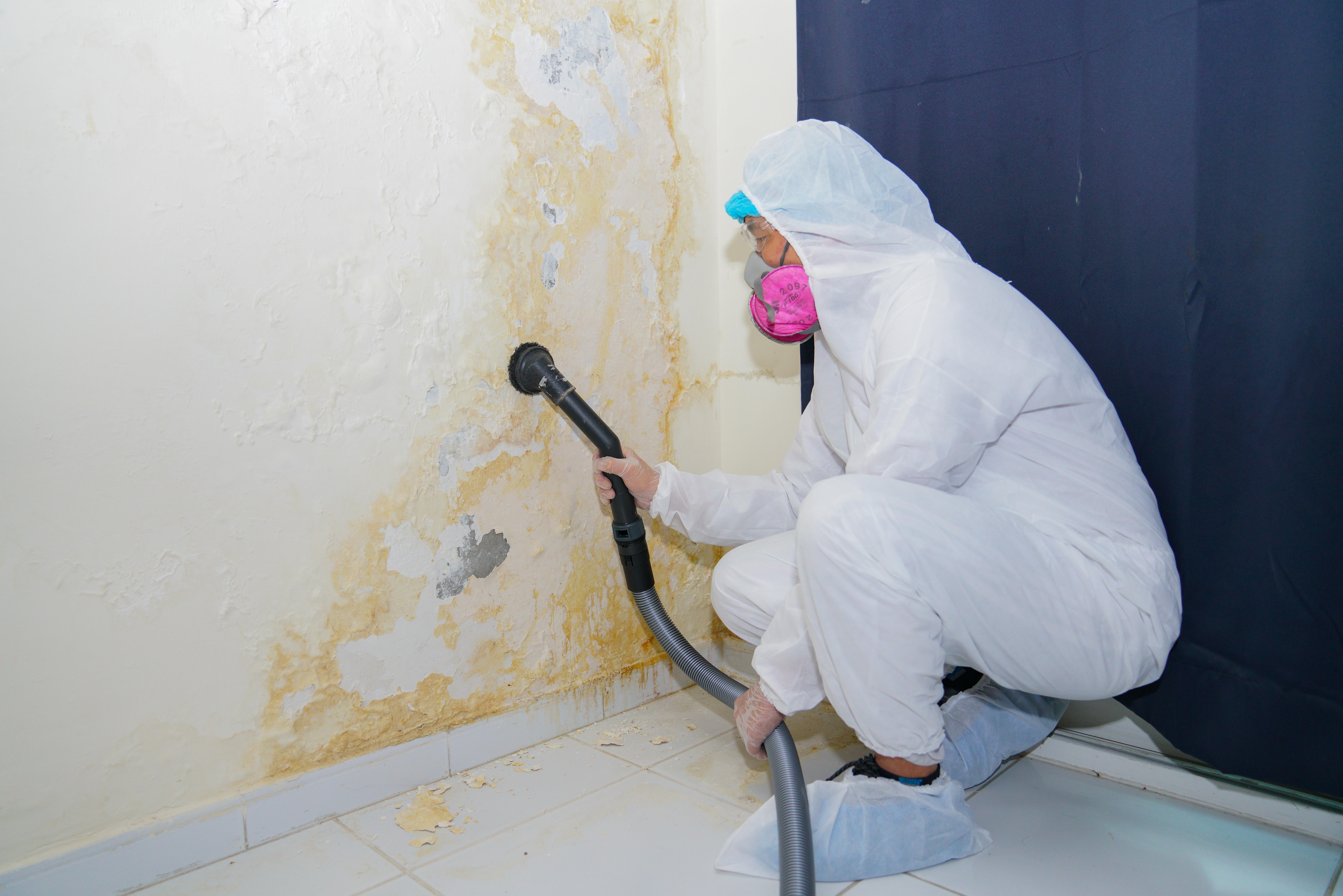Your Ultimate Overview to Article Mold Remediation Strategies
In the consequences of mold and mildew infestation, recognizing how to properly eliminate the mold and mildew and prevent its reoccurrence is vital for keeping a healthy interior setting. From choosing the appropriate cleaning and disinfecting approaches to executing strategies for long-term mold and mildew prevention, each action in the removal journey plays an important role in ensuring a successful result.
Comprehending Post-Mold Remediation Process
After finishing the mold and mildew remediation process, it is vital to recognize the post-mold remediation methods that are needed to make certain a detailed and reliable cleaning. Once the mold and mildew has been gotten rid of, the next step involves cleaning and sanitizing the influenced locations to avoid any regrowth of mold and mildew. This consists of using specialized cleaning representatives to clean down surface areas and kill any kind of remaining mold spores. It is important to dry out the area entirely to discourage the growth of mold in the future (Post Remediation verification). Proper ventilation and dehumidification can assist in this procedure.
Additionally, conducting a final evaluation post-remediation is vital to guarantee that all mold and mildew has been effectively gotten rid of. This evaluation should entail an extensive aesthetic check as well as possibly air sampling to verify the lack of mold spores in the air. If the assessment discloses any lingering mold, extra removal might be necessary. Lastly, enlightening passengers on precautionary steps such as regulating moisture degrees and promptly addressing any type of water leaks can assist preserve a mold-free setting.
Effective Cleansing and Decontaminating Techniques

Protecting Against Future Mold And Mildew Development

Importance of Correct Ventilation
Correct ventilation plays an essential function in preventing wetness accumulation, a key variable in mold development within indoor settings. Efficient air flow systems help get rid of excess humidity from the air, minimizing the chances of mold and mildew spores finding the wetness they need to spread and sprout. Without adequate ventilation, interior spaces can end up being a reproduction ground for mold, bring about potential wellness dangers and architectural damage.
By making sure proper air flow, ventilation systems can also assist in drying damp areas quicker after water damage or flooding cases, further discouraging mold and mildew development. what to do after mold remediation. In spaces like shower rooms, kitchen areas, attics, and cellars where moisture levels tend to be higher, setting up and preserving reliable ventilation systems is essential in stopping mold and mildew problems

Surveillance and Maintenance Tips
Provided the important function that appropriate air flow plays in protecting against mold and mildew growth, it is necessary to Learn More Here develop reliable surveillance and upkeep pointers to make certain the ongoing capability of air flow systems. Tracking humidity levels within the residential or commercial property is also essential, as high moisture can contribute to mold and mildew development. By remaining mindful and proactive to the problem of air flow systems, residential property proprietors can efficiently mitigate the threat of mold and mildew regrowth and preserve a healthy interior atmosphere.
Final Thought
In conclusion, post-mold removal methods are necessary for making sure a clean and risk-free atmosphere. Comprehending the process, implementing reliable cleansing and sanitizing methods, avoiding future mold development, preserving appropriate ventilation, and regular surveillance are all critical actions in the remediation procedure. By following these standards, you can efficiently get rid of mold and mildew and avoid its return, working or advertising a healthy living area for all occupants.
In the after-effects of mold invasion, knowing exactly click here for info how to effectively remove the mold and avoid its reoccurrence is extremely important for preserving a healthy interior environment. When the mold and mildew has been gotten rid of, the next step entails cleaning and sanitizing the influenced areas to stop any kind of regrowth of mold - what to do after mold remediation. After removing visible mold and mildew development, it is crucial to clean up all surface areas in the damaged area to get rid of any type of staying mold and mildew spores. To further enhance mold prevention procedures, it is crucial to address underlying issues that initially led to mold advancement.Provided the vital duty that correct air flow plays in preventing mold growth, it is important to establish efficient tracking and maintenance suggestions to guarantee the continued performance of ventilation systems